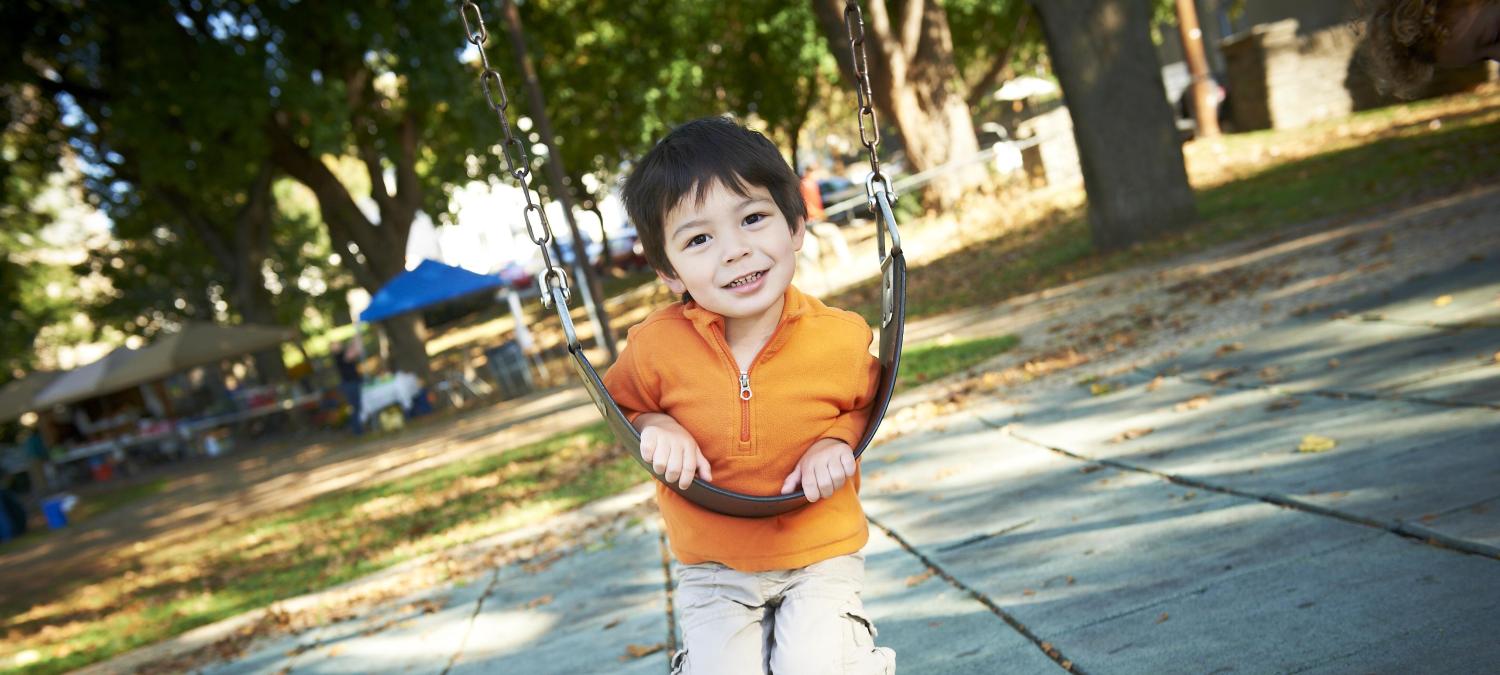

Publications
Search Tips
- Sep 2017
PURPOSE: We aimed to estimate group-based trajectories of body mass index (BMI) in a longitudinal cohort of young women and determine the association between sexual identity and BMI trajectory group, adjusting for obesity risk factors. METHODS: We analyzed data from females in waves…
- Aug 2017
INTRODUCTION: Vaccine acceptance is a critical component of sustainable immunization programs, yet rates of vaccine hesitancy are rising. Increased access to misinformation through media and anti-vaccine advocacy is an important contributor to hesitancy in the United States and other…
- Aug 2017
CONTEXT: Parents may experience psychological distress when a child is acutely hospitalized, which can negatively affect child outcomes. Interventions designed to support parents' coping have the potential to mitigate this distress. OBJECTIVE: To describe interventions designed to…
- Aug 2017
With the start of the school year quickly approaching, Philadelphia’s youngest students are facing another year of troubling rates of suspension and expulsion. While often thought of as a problem for older children, Philadelphia, and communities across the country, are…
- Aug 2017
Reducing racial and/or ethnic disparities in a variety of health outcomes from neonatal, infant, and adult mortality to premature birth rates has been a hospital, state, and national goal. One area of focus has been differences in the types of care (or quality of care) that patients…
- Aug 2017
OBJECTIVE: To evaluate a distance-learning, quality improvement intervention to improve pediatric primary care provider use of attention-deficit/hyperactivity disorder (ADHD) rating scales. METHODS: Primary care practices were cluster randomized to a 3-part distance-learning, quality…
- Jul 2017
In the United States today, 16 million children are growing up poor. Few studies report multiple environmental factors associated with poverty during the first year of life and effects on infant development. OBJECTIVES: To evaluate maternal, home, and neighborhood environment of low…
- Jul 2017
ABSTRACT: Through our work in youth advocacy as, respectively, legal and public health professionals, we are all too aware of the high levels of health care fragmentation experienced during pregnancy and postpartum by poor, young mothers of color. Meredith Matone’s research…
- Jul 2017
PURPOSE: (1) To describe psychosocial, medical, and mental health outcomes of young transgender women (YTW) living with or at risk for HIV infection and (2) to explore barriers and facilitators to medical and mental health services across the HIV care continuum. METHODS: We…
- Jul 2017
ABSTRACT: Caregiver depression impacts parenting behaviors and has deleterious effects on child behavior. Evidence-based interventions to address parenting have not been adapted for use with depressed caregivers in pediatric primary care settings. Our study examined the…